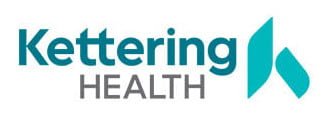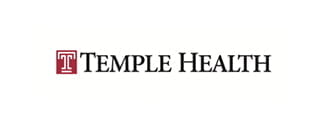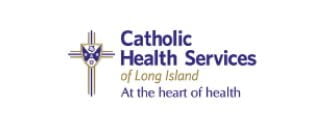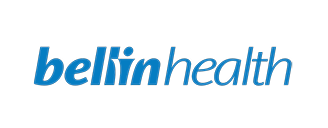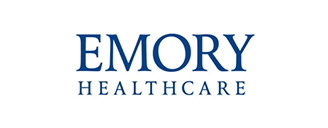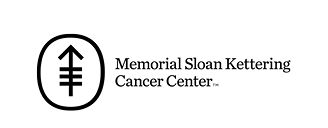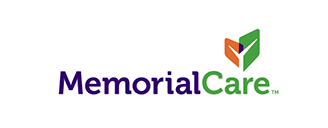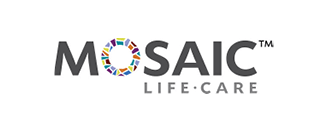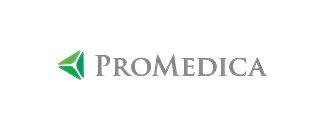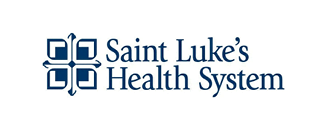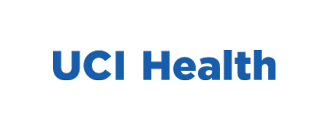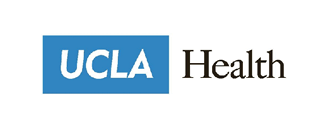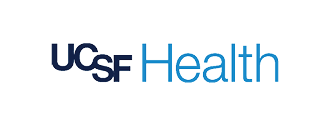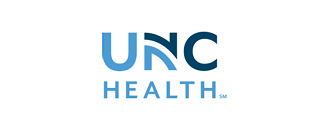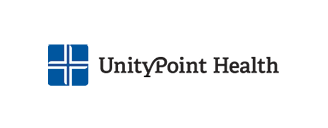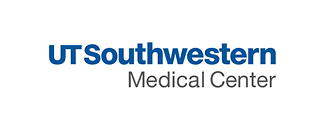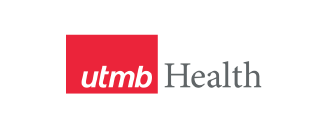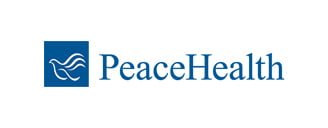Big idea: Specialty pharmacy distribution issues regarding safety, visibility, compliance, and cost will persist unless special attention is paid to the unique needs of the industry.
Introduction
In a 2022 blog series, we discussed four unique concerns surrounding specialty pharmacy distribution. These include patient safety issues, lack of visibility, high compliance risk, and increased costs.
Nearly two years later, we’re reassessing the landscape to see how these concerns have evolved, for better or worse. Then, we advocate for a perspectives shift aimed at alleviating these pain points for specialty pharmacy.
Patient Safety
Patient safety measures in specialty pharmacy distribution are more important now than ever. In our last blog series, we highlighted that there were twice as many specialty pharmacy prescription distribution errors as dispensing errors.
Today, specialty pharmacies are now averaging five times as many distribution errors as dispensing errors. Typically, these errors result when pharmacies dispense medications with the incorrect address and/or delivered to the wrong address.
These errors can jeopardize patient safety and increase liability for the pharmacy. When their medications are compromised due to shipping errors and delays, patients are at risk of adverse health events and even re-hospitalization.
Due to stability and/or temperature control requirements, specialty medications can be even more vulnerable to compromise caused by distribution errors
As a result, it is critical for specialty pharmacies to target interventions aimed at addressing distribution errors to ensure patient safety.
Lack of Visibility
Many specialty pharmacies are now offering distribution services to keep pace with patient demand. However, there are few checks and balances in place to prevent errors and delays.
One example is a lack of visibility into tracking for both pharmacists and patients during the shipping process. Oftentimes, once a prescription leaves the pharmacy, no one can trace its whereabouts until the package arrives at a patient’s doorstep. And when tracking is available, it is typically a manual and time-consuming process.
While there are a growing number of tailored third-party distributors with tracking capabilities, many specialty pharmacies are still relying on the generic services they initially launched with. These include couriers like DoorDash and Instacart or carriers like USPS, FedEx, and UPS.
Oftentimes, these distributors cannot meet the tracking, shipping, and/or delivery requirements necessary to handle specialty medications safely and effectively.
There are countless examples of problems that arise due to this lack of visibility:
- Unless communicated in advance, deliveries requiring a signature may be delayed if the patient is not home.
- Packages may be lost, stolen, or delivered to the wrong address, and the pharmacy won’t know unless the patient contacts them.
- Lastly, The package may be delivered correctly but left in an unusual spot, where it may sit for days until discovered by the patient.
Once again, patient safety becomes a major concern when pharmacies cannot track or control deliveries to prevent physical damage, shipping delays or errors, or extreme temperature exposure once they leave the pharmacy.
High Compliance Risk
Accreditation is critical for specialty pharmacies to secure and maintain their contracts with payers and drug manufacturers. This can include secondary and even tertiary accreditations to remain competitive in the specialty landscape.
However, reporting on metrics that you have little to no insight on to begin with is an impossible task.
Even if the distribution data required for accreditation is available, it often takes a significant amount of time for pharmacists to consolidate, organize, and format it according to accrediting bodies’ standards.
These administrative tasks keep pharmacists from the more important work of caring for their patients. The additional burden is also a large contributor to excessive workloads and burnout among pharmacy employees.
Without the visibility into the shipping process or specialized tools that organize data to demonstrate compliance, specialty pharmacies face gaps in their accreditation and even payer clawbacks.
Increased Costs
When it comes to distribution, specialty pharmacies want to avoid shipping delays that compromise their patients’ safety at all costs.
The result? specialty pharmacies often ship all their medications via express channels, which are typically the costliest.
While this strategy can mitigate some risks in the specialty distribution process, it isn’t an ideal solution. Not only is it financially wasteful, but even a shipment that takes 24 hours or less is still vulnerable to cold chain disruption and delivery errors.
With the lack of visibility mentioned earlier, the reality is that specialty pharmacies remain at the whims of their distributor. As a result, they end up incurring more costs due to avoidable package rescue and resends of failed deliveries.
In fact, one study found that specialty pharmacies spend millions of dollars each year on medication resends resulting from shipping delays or lost packages.
In addition, specialty pharmacies can be limited to certain carriers due to health system contracts, poor coverage, and/or negative past experiences. As a result, specialty pharmacies usually only ship with one carrier or a single combination of carrier and courier.
This often leads to less transparent and therefore less competitive shipping rates as well.
Conclusion
Specialty pharmacy is one of the fastest-growing segments in the industry. Yet, there’s a stark disparity in solutions available to address their unique distribution needs.
The need for intervention into specialty pharmacy distribution issues is only growing more urgent each year as distribution errors continue to outpace dispensing errors.
For example, strategies like med sync are now a staple in the pharmacy workflow to streamline dispensing and improve patient safety. However, innovations for prescription distribution are not taking hold.
Prescription distribution is the next logical target in the quest for specialty pharmacy optimization. To be successful, it needs specialized technologies to integrate seamlessly with existing workflows.
The keyword here is specialization: most carrier distribution solutions employed by specialty pharmacies don’t solve the core issues. This is because these solutions fail to meet the unique requirements of specialty pharmacy workflows.
Instead, the industry needs a tailored technology solution that offers clinically minded shipping and tracking, full visibility into logistics for providers and patients, and data management geared towards accreditation.
About VPL
At VPL, we understand that every specialty pharmacy’s workflow is complex and unique.
Standard prescription software can automate workflows, but often lacks insight into distribution. The result? Five times more distribution errors than dispensing errors, leading to interruptions in patient care.
To solve this problem, VPL created clinically minded shipping, tracking, and compliance software designed to modernize outbound pharmacy operations from start to finish.
VPL for pharmacy safely delivers critical prescriptions, allowing pharmacists to track and trace each shipment to its destination with automated alerts for patients. Our solution stores proof of delivery and performance metrics for up to 10 years with data analytics to align with accreditation bodies for compliance purposes.

